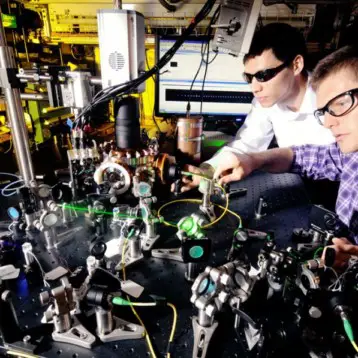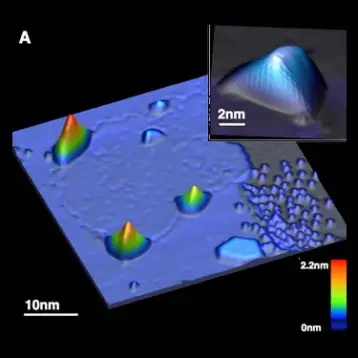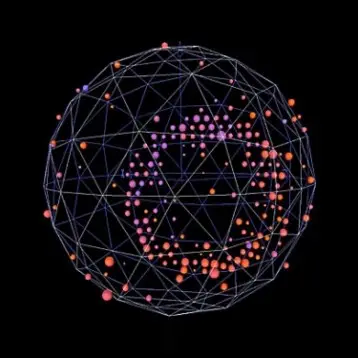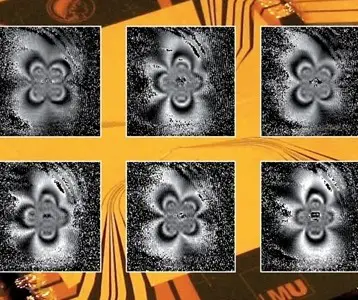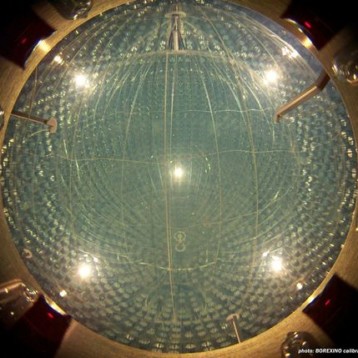In order to be considered a Von Neumann architecture, the program code must be stored in the same ram as the working data. That is the whole idea behind von Neumann architecture and one that sets this exciting structure apart from the Harvard architectural model. Von Neumann architecture has a variety of different meanings. For the UC Santa Barbara physicists, the common meaning is the one where the computer’s instructions and data retrieval share a common bus.
In this form of computer assimilation architecture, a long-lived quantum random access memory chip can be programmed using a quantum central processing unit, all constructed on a solo chip, providing the vital components for a quantum version of a classical computer.
Matteo Mariantoni, a postdoctoral fellow in the UCSB Department of Physics, said, “Computational steps take a few billionths of a second, comparable to a classical computer, but the great power is that a quantum computer can perform a large number of calculations simultaneously.” Mariantoni went on to add that, “In our new UCSB architecture we have explored the possibility of writing quantum information to memory, while simultaneously performing other quantum calculations.”
On the Quantum von Neumann architecture computer model at the University, the team was able to run the quantum Fourier transform and a three-qubit Toffoli gate — key quantum logic circuits for the further development of quantum computing. The initial programming run for the scientists at the University of California, Santa Barbara stands to further the computational power of a single memory chip by many times what it is today.
Although not a new architecture, the von Neumann model is one that has been gaining in both popularity and research initiatives ever since it was first demonstrated in 2003. The overall upshot of the use of von Neumann architecture over traditional Harvard architecture can be seen in the amount of space needed for these ultrafast computations.
TFOT has covered new computer technologies that are related to computer processing in earlier issues: “The K Computer Fastest in the World” and “Sony Hybrid Fuel Cell.”
More information on the UCSB physicists and the “Quantum von Neumann” architecture can be found on the Kurzweil website.






